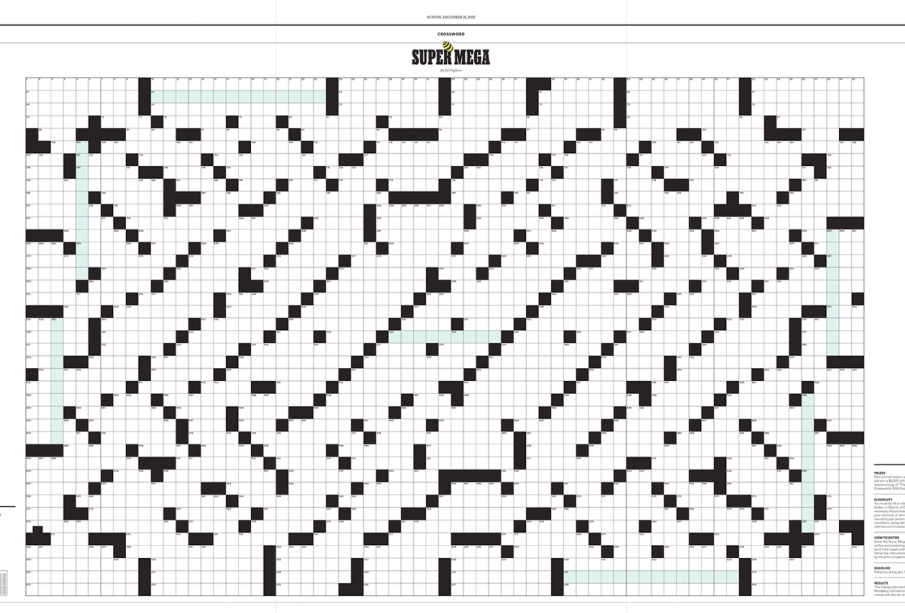Everything You Need to Know About NYT Crossword Clues

Introduction
The New York Times (NYT) Crossword is not just a puzzle; it’s a beloved tradition for millions of solvers. Known for its challenging yet engaging clues, the NYT Crossword engages both seasoned wordsmiths and newcomers alike. With an ever-evolving lexicon of clues, it has cultivated a community that thrives on collaboration, discussion, and sharing tips. Understanding how to tackle NYT crossword clues can enhance your solving experience and may even improve your skills over time.
Types of NYT Crossword Clues
NYT crossword clues can vary significantly in style and difficulty. Common types include:
- Definition Clues: These are straightforward and provide a direct definition of the answer.
- Wordplay Clues: Clues that play on words, including puns or homophones, to mislead or challenge the solver.
- Cultural References: Often involve names of people, places, or events that may require cultural knowledge or current affairs awareness.
- Abbreviations: Clues that hint at shorter forms of words or phrases, commonly used in everyday language.
Recent Trends in NYT Crossword Clues
In recent months, there has been a noticeable shift in the themes and types of clues featured in the NYT Crossword. For instance, puzzles have increasingly embraced inclusivity, integrating diverse cultural references and addressing current social issues. Additionally, puzzles now often incorporate language and expressions from various demographics, making them more relatable to a broader audience.
The NYT Crossword’s editorial team continues to innovate, embracing fresh ideas and contemporary references. Recent clues have included well-known television shows, viral internet trends, and prominent figures in pop culture, reflecting society’s changing dynamics.
Strategies for Solving NYT Crossword Clues
As the NYT Crossword remains a challenging endeavor, employing specific strategies can significantly enhance your solving experience:
- Start with Easy Clues: Begin by filling in answers you know to create a base for solving more complex clues.
- Look for Patterns: Pay attention to common letter combinations or recurring answers to identify potential solutions.
- Use Online Resources: Online forums and websites dedicated to crossword puzzles can help share insights and additional clues.
- Practice Regularly: The more you practice, the more familiar you become with typical clues and crossword lingo.
Conclusion
Understanding NYT crossword clues and employing effective strategies can transform the challenge of solving into an enjoyable and rewarding experience. Moreover, with its evolving nature, each puzzle offers not only a cognitive challenge but also a snapshot of contemporary culture. As you engage with crossword puzzles, you not only enhance your vocabulary and problem-solving skills but also connect with a community passionate about the art of wordplay. Happy solving!

